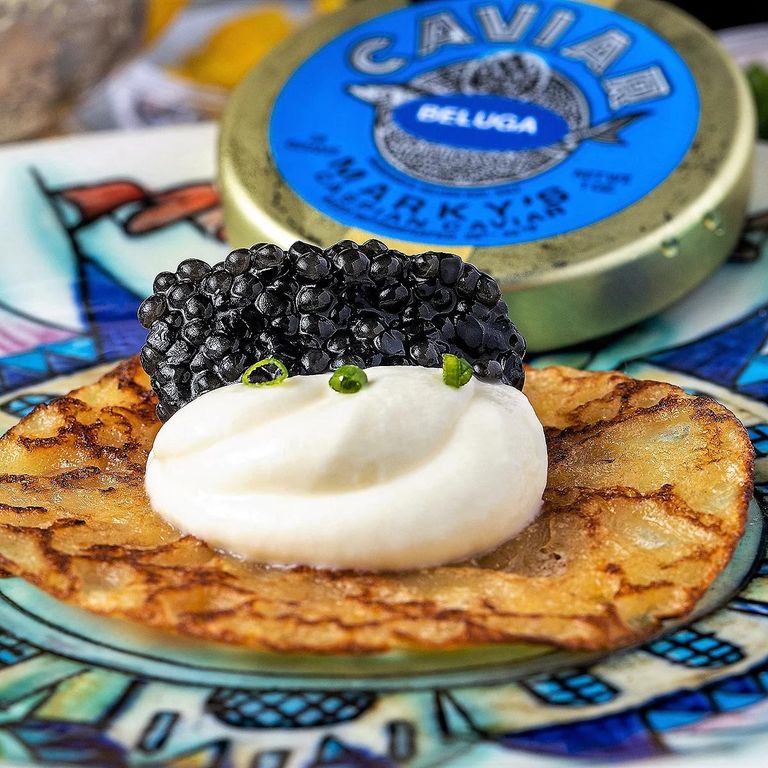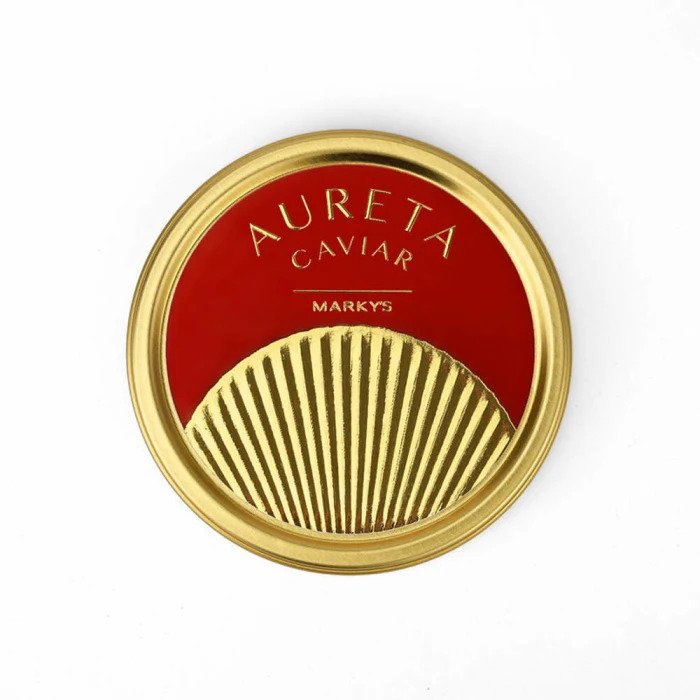The Science Behind Steak Marbling What Makes It So Desirable
Category : Food Stories, Party Ideas, Recipes, Press Room |
Posted : Oct 13, 2024

Introduction
Did you know that the marbling in your steak doesn't just make it look more appetizing but also contributes significantly to its flavor and texture? For steak lovers, food scientists, and culinary enthusiasts alike, understanding what makes marbling so desirable can transform how you select and enjoy your steaks. This blog post will explore the science behind steak marbling, covering its origins, the factors influencing its development, and how it affects the meat's quality and taste. Along the way, you'll discover practical tips for selecting and cooking marbled steaks, as well as insights into the future of meat marbling.
A Brief History of Steak Marbling in Culinary Traditions
The art of valuing marbled steak dates back centuries, deeply rooted in various culinary traditions worldwide. The Japanese perfected the process, breeding cattle that produce intensely marbled beef known as Wagyu. This type of beef has become synonymous with luxury and gourmet dining. Marbling was initially celebrated for its visual appeal and later appreciated for the rich flavors it imparts. Over time, the desirability of marbling in meat has gained widespread recognition, influencing cooking techniques and cattle breeding practices globally.
What is Marbling? Understanding the Basics
Marbling refers to the intramuscular fat present within meat cuts. This fat appears as white, streaky lines or flecks within the muscle tissue. It's distinct from the outer layer of fat often trimmed from cuts before cooking. The composition of marbling consists primarily of monounsaturated fats, which melt during cooking and enhance the meat's flavor, juiciness, and tenderness. When perfectly distributed, marbling elevates a steak from good to exceptional, creating a symphony of flavors and textures in every bite.
The Science Behind Marbling How It Affects Flavor and Texture

The secret to the delectable taste of a marbled steak lies in the fat's ability to melt and infuse flavor throughout the meat. During cooking, the marbled fat renders, creating pockets of moisture that result in a juicy, tender steak. This process intensifies the meat's natural flavors, making each bite a savory delight. Additionally, marbling acts as a heat conductor, ensuring even cooking and preventing the steak from drying out.
The Role of Genetics, Animal Feeding, and Aging in Marbling Development
Several factors contribute to the development of marbling in beef, including genetics, diet, and aging processes. Genetics play a crucial role, with certain cattle breeds like Angus and Wagyu predisposed to produce more marbled meat. The animal's diet, particularly in the final months before slaughter, also influences marbling. Grain-fed cattle typically exhibit higher marbling levels than grass-fed ones. Finally, aging—whether dry or wet—enhances marbling by concentrating flavors and further tenderizing the meat.
How is Marbling Graded? The Significance of Meat Quality
Meat quality grading systems evaluate marbling based on its quantity, distribution, and visual appeal. In the United States, the USDA grades beef as Prime, Choice, or Select, with Prime beef boasting the highest marbling levels. These grades inform consumers about the expected quality and flavor profile of their steak. High marbling is often associated with premium meat, commanding higher prices and offering a superior culinary experience.
Understanding Beef Grades in Detail
Prime
Prime beef is the pinnacle of meat quality, known for its exceptional marbling, tenderness, and flavor. This grade comprises only about 2-3% of all beef produced, making it a rare culinary delight sought after by chefs and gourmet enthusiasts alike. The marbling in Prime beef is abundant and evenly distributed, which contributes to its rich taste and juiciness. Typically reserved for upscale restaurants and high-end butcher shops, Prime cuts are perfect for dry-aging and grilling, providing an unparalleled dining experience.
Choice
Choice beef is the next grade down and still offers a fantastic eating experience. It features a good amount of marbling, though not as extensive as Prime. This grade makes up a larger portion of the beef supply and is commonly found in grocery stores and casual dining establishments. Choice cuts are versatile and suitable for a variety of cooking methods, including roasting, braising, and grilling. While they may not have the same level of richness as Prime, quality Choice beef can still produce a delicious and satisfying steak.
Select
Select beef is leaner than its counterparts, with less marbling and a slightly less tender texture. While it can still be enjoyable, Select cuts may benefit from marinating or slower cooking methods to enhance flavour and tenderness. This grade offers a more budget-friendly option for consumers but may lack the juiciness and depth of flavour found in higher grades. It's suitable for those seeking a healthier choice that doesn’t sacrifice too much on taste.
Standard and Commercial
Standard and Commercial grades represent lower-quality beef, often characterized by minimal marbling and less overall flavour. These cuts are typically used in processed meats and are more common in ground beef products. While not the primary choice for steak enthusiasts, they can still serve as an economical option for everyday meals, particularly when prepared in stews or braises where tenderising techniques are employed.
Utility, Cutter, and Canner
These grades are the lowest on the quality spectrum and are rarely found in retail outlets. They are mostly utilized for processing and ground meat products. Although they lack the desired qualities of higher grades, these cuts can still be suited for certain culinary applications where flavouring and seasoning can make all the difference. They highlight the importance of understanding grade differences when shopping for meat, ensuring consumers make informed choices based on their culinary needs and preferences.
Practical Tips for Selecting Marbled Steaks
Choosing the perfect marbled steak can feel daunting, but these tips will help you select a cut that meets your culinary aspirations. First, inspect the steak for visible marbling, seeking even distribution of fat throughout the meat. Consider purchasing from reputable sources like Marky's, known for supplying high-quality gourmet meats online. Pay attention to grading labels, opting for Prime cuts when possible for optimal flavor and tenderness. Finally, trust your instincts—if a steak looks appealing and has the right amount of marbling, it's likely a great choice.
Cooking Marbled Steaks Maximizing Flavor and Tenderness
Cooking marbled steaks requires attention to detail to unlock their full potential. Start by allowing your steak to reach room temperature before cooking, promoting even heat distribution. Season the meat generously with salt and pepper to enhance its natural flavors. Use high heat to sear the steak, creating a flavorful crust while locking in juices. Finish cooking with lower, indirect heat or in the oven to ensure the fat renders and the meat remains tender. Rest the steak for a few minutes before slicing it to allow the juices to redistribute evenly.
Future Outlook on Meat Marbling Trends and Innovations
The future of meat marbling is promising, with innovations and trends likely to shape the industry. Genetic advancements may lead to the development of cattle breeds with enhanced marbling capabilities, offering new flavor profiles for consumers. Sustainable feeding practices and environmental considerations will continue to impact marbling development, encouraging more conscious meat production. Furthermore, advancements in plant-based alternatives may mirror marbling characteristics, providing options for those seeking the same sensory experience without animal products.
Conclusion
Steak marbling is a fascinating aspect of culinary science, contributing to the flavor, juiciness, and texture we cherish in our favorite cuts. By understanding the origins, development factors, and grading systems associated with marbling, you can make more informed choices when selecting and preparing steaks. Whether you're a home cook or a seasoned gourmet enthusiast, appreciating the nuances of marbled meat can elevate your culinary experiences. If you're eager to explore more about steak marbling and gourmet meats, consider checking out Marky's Steak collection for top-quality cuts delivered to your door.













